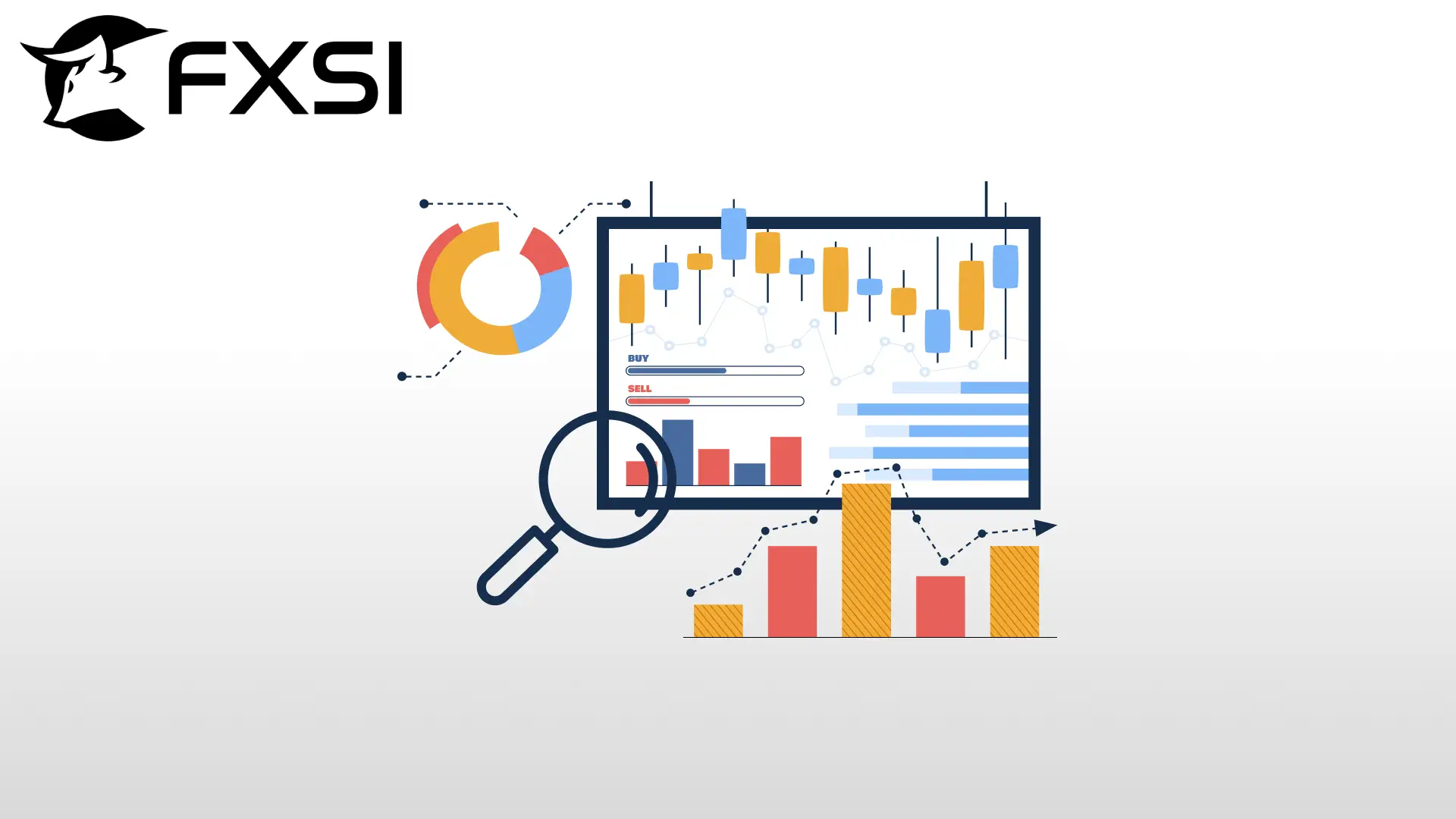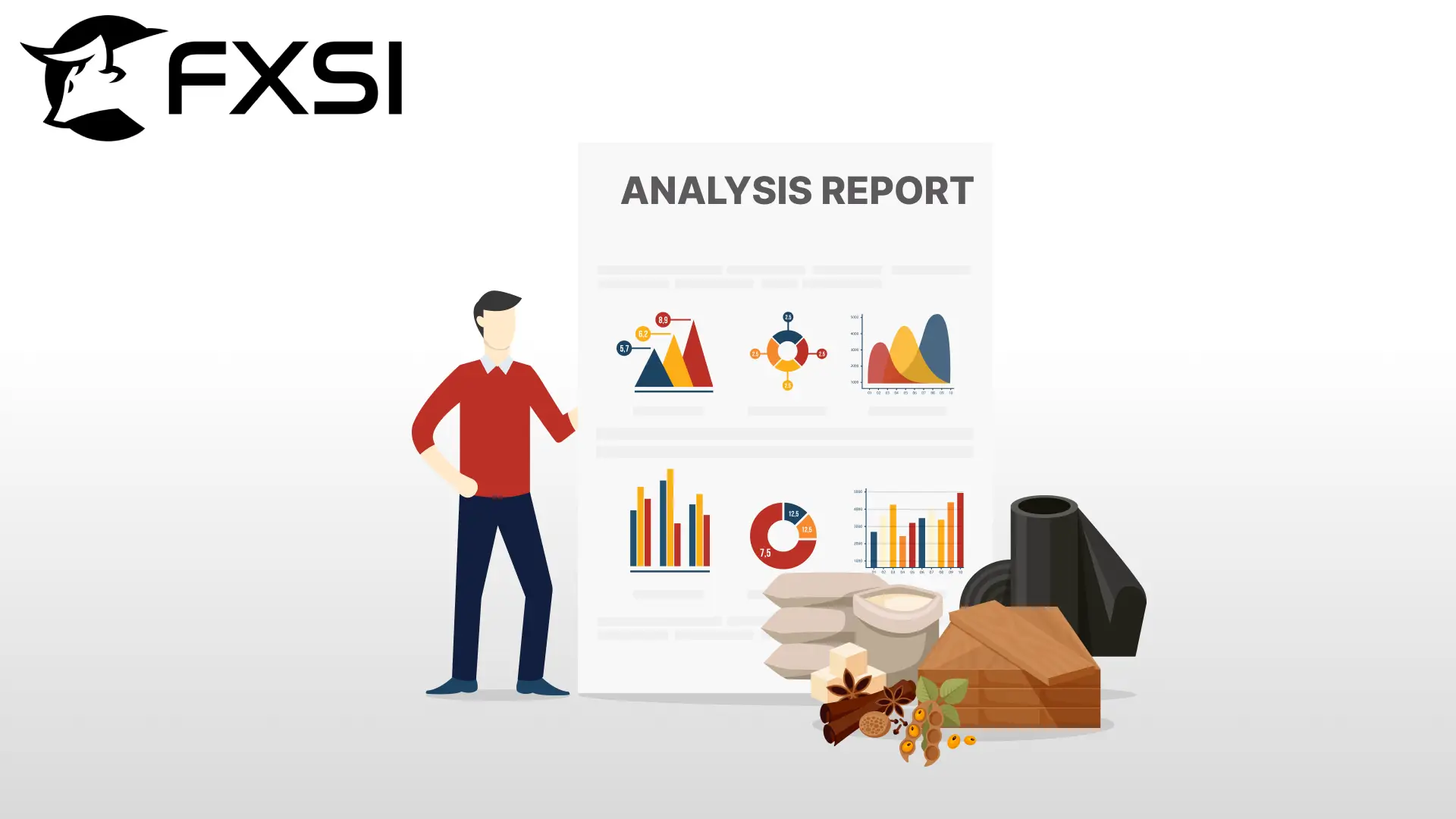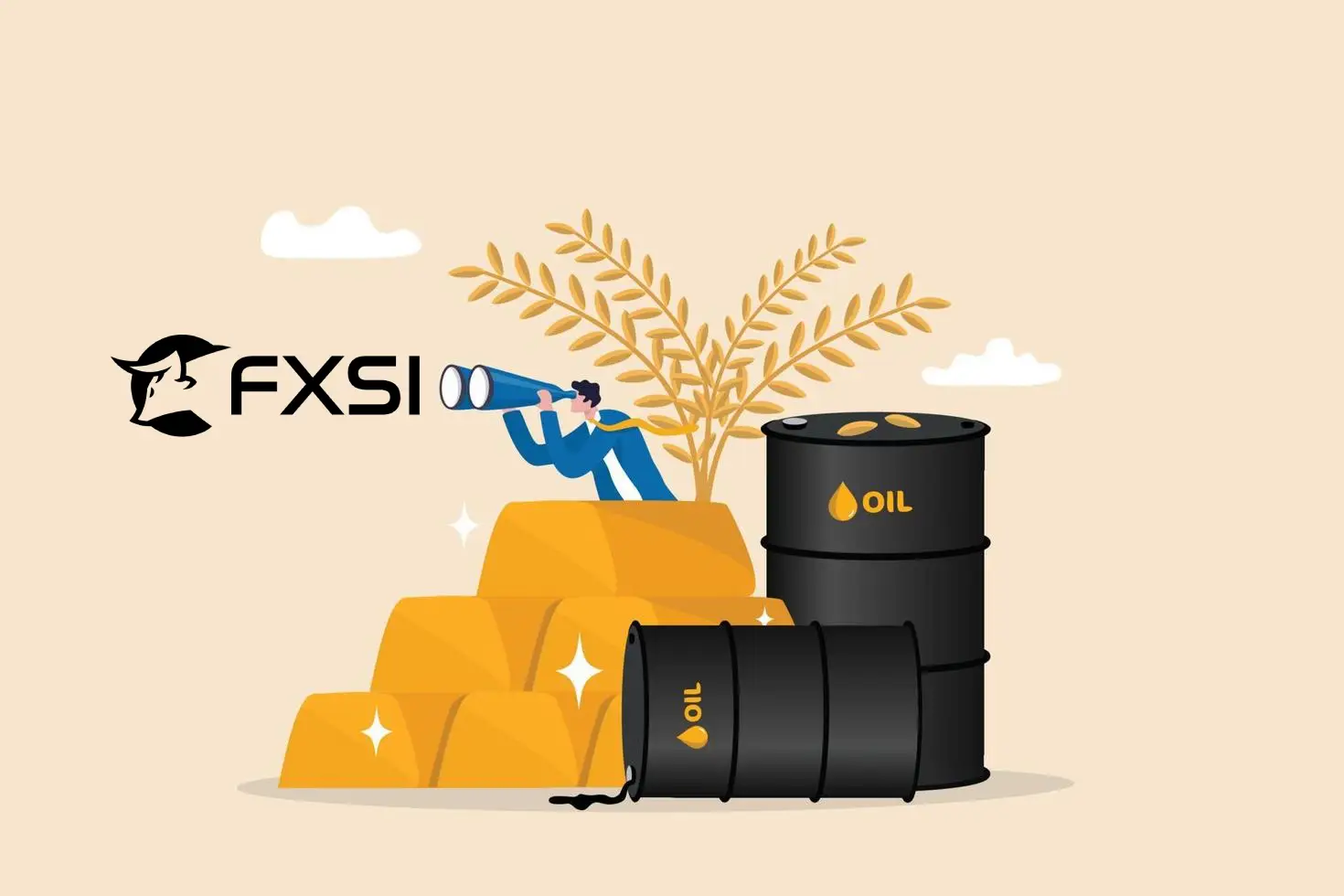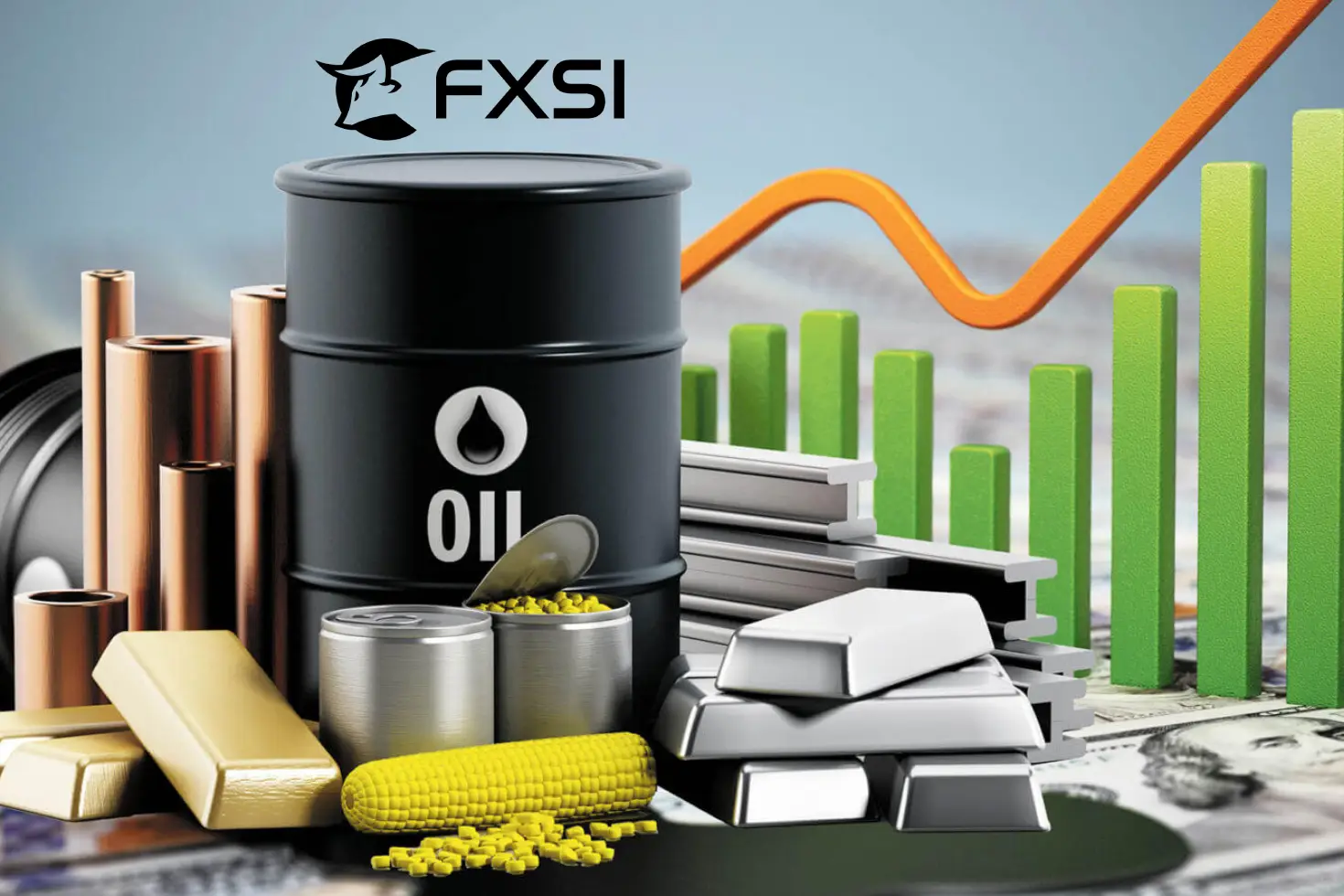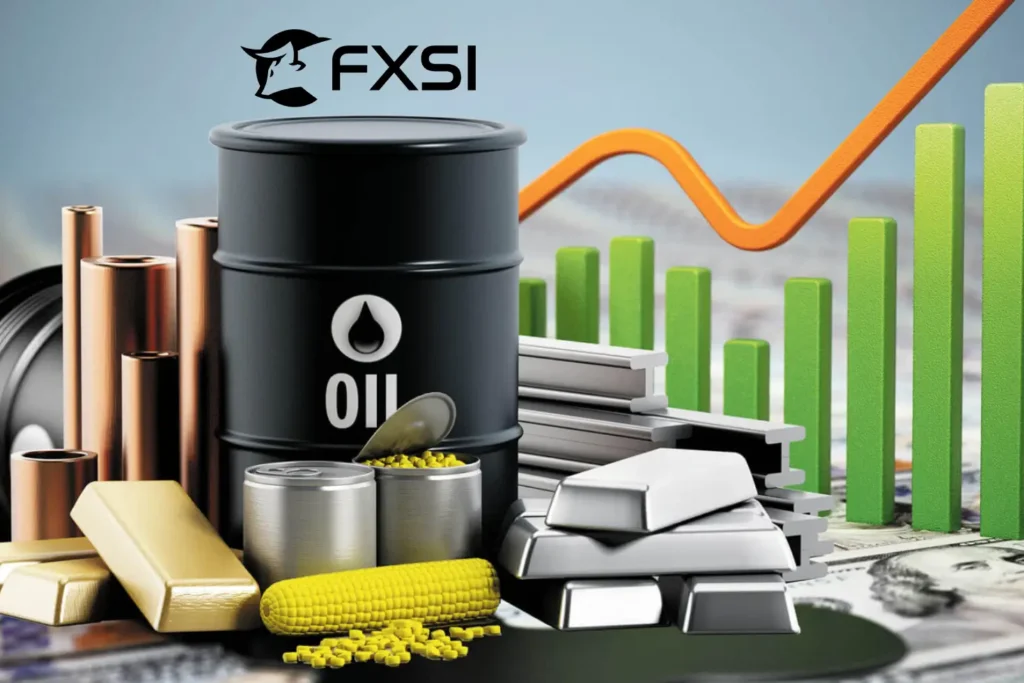If you’re wondering how spot trading vs derivatives in commodities affects your trading strategy, stay until the end of this guide!
Knowing the difference between the main trading components in the commodities market allows the trader to make informed decisions and always be one step ahead. In this guide, we will dive deep into understanding how spot trading differentiates itself from derivatives and what are the primary factors.
Let’s get started!
Spot Trading Vs Derivatives in Commodities: The Comparison
Commodity trading is conducted via 2 main methods: spot trading and derivatives trading. Each method has its own unique features. Traders, investors, and businesses need to understand these differences to navigate the marketplace efficiently and mitigate any risks related with investing in commodities.
Now, let’s explore the main differences:
What is Spot Trading?
Spot trading (as defined by Investopedia) is the purchase or sale of a foreign currency or commodity for immediate delivery. The transaction is settled on the spot and usually within two business days at the current market price. The spot price is the price at which a commodity can be bought or sold for immediate delivery.
This price depends on the live supply and demand in the market. For example, if a crisis arises that disrupts oil supply chains in a region, crude oil prices spot price will rise quickly due to the oil’s immediate availability.
How Spot Trading Works
All the participants in the spot market take delivery of the commodity immediately after making the transaction. This I’d why spot trading is extremely simple because it does not deal with future contracts for delivery or obligations after the given date. With spot trading, a trader always has to decide how much physical commodities they intend to store, using all the necessary resources for logistics.
Spot Trading Commodities Examples
Typical commodities which are usually traded on the spot market include:
- Crude oil and natural gas
- Gold and silver
- Agricultural commodities such as wheat, coffee, and soybeans
Who Uses Commodity Spot Trading?
This form of trading is useful for a firm that procures materials for processing or production purposes since it guarantees the ability to get the required resources immediately. It is also preferred by many investors who wish to have direct participation in shifts of commodity prices without entering into sophisticated financial agreements.
What is Derivatives Trading?
Derivatives trading concerns deals within a firm executed based on available resources with different performance attributes given perusal. Some of these are futures, options, forwards, and swaps. Unlike spot trading, in derivatives there is no actual transfer of the commodity. instead, there is a promise to exchange the commodity at some future date on agreed conditions.
How Derivatives Trading Works:
Consider a futures contract: the buyer agrees to acquire, and the seller to dispose of, a defined volume of a specified commodity at a predetermined price at a future date. This allows parties to participate in the market without purchasing or selling the underlying commodity.
In this regard, an airline company may enter into futures contracts to purchase jet fuel at a fixed price to protect against future cost increases.
The Potential Benefits of Derivatives Trading
Derivatives offer an opportunity for leverage, which allows traders to take on large positions without having much capital available. This makes it possible to increase profits, but it also leads to potentially serious losses. In addition, derivatives trading is affected by many factors like interests, storage fees, and anticipated future supply and demand which makes it complicated and requires sophisticated knowledge of the market to understand.
Derivatives Commodity Financial Instruments
Examples of commonly traded commodity derivatives include:
- Futures of Crude Oil and Natural Gas
- Options on Gold and Silver
- Futures Contracts On Soybeans and Corn
Risk in Spot Vs Derivatives Commodity Trading
While spot and derivatives trading differ significantly, both have their respective pros and cons. Spot trading is uncomplicated and ideal for those who want to allocate funds in commodities with immediate delivery of the asset. However, spot trading involves several logistical headaches— like transporting and storing the commodity which increases overall expenses.
On the contrary, there are no real assets handled in derivatives trading, making it easier to manage risks and take advantage of price changes.
Also, while the use of derivatives allows for profits to be increased, losses can also be catastrophic. Traders must assess their willingness to lose funds together with a sound strategy before indulging in either type of trading.
Note: Learn more about the commodity trading instruments!
Elements Defining Risk In Trading
The main elements of risk in commodity trading include:
- Leverage: In derivative trading, leverage is available meaning profits and losses can greatly increase.
- Market Volatility: As a result of various economic and political issues, prices fluctuate significantly.
- Liquidity: There is usually greater liquidity for widely traded commodities in the spot market as compared to the futures market.
- Storage & Logistics: While spot traders deal with physical assets and their storage, producing a higher level of complexity, derivatives traders deal only with an asset and thus contracts.
Market Volatility and Trading Strategy
Any changes in the market will influence the choice between spot and derivatives trading. For example, spot traders engaging in areas with short-term price fluctuations may demand especially in commodities with uncertain supply chains.
On the other hand, with derivatives, traders can hedge using various strategies to mitigate risks or benefit from mobility.
Hedging Strategies in Commodities
Hedging strategies are vital tactics in protecting oneself in the derivatives market.
Consider the following examples:
Producers and Suppliers: Oil Producers can sell oil at a certain price, to hedge against unfavorable prices using futures contracts.
Agricultural Industries: Farmers hedge against weather conditions that may negatively impact crop produce.
Airlines and Transport: Companies hedge against fuel price increases by setting an agreed price to pay for supply.
Tip: Learn more about the commodity trading hours!
Uses of Commodity Spot Trading & Derivatives
Investors and Businesses usually require that objectives, risks, and specific goals are set to determine the best approach to spot or derivatives trading at any particular time.
Hedging Airlines (fuel), or food producers (agricultural products), with exposure to commodity price movement, often rely on derivatives to manage the actual cost price. Price mitigation via futures contracts allows businesses to manage their selling expenses and price volatility as well as a budget for negative impact risks.
Estimation
Due to leverage and high potential returns, traders looking to profit from price movements might prefer derivatives. However, this tactic is very risky because many market movements can result in considerable losses.
Instant Necessities
Wholesalers seeking the actual physical commodity for production or resale may prefer to engage in spot trading to quickly obtain the required items.
Note: If you’re about to start trading commodities, we recommend checking our complete commodity trading guide for ultimate success.
Commodity Exchange Markets: The Perspective
The commodity market, as recent activities indicate, is constantly evolving with new shifts influencing how trades are conducted:
Re-Entry Practices:
Some firms are migrating back to their niche because of shifts in the economy. For instance, Japan’s Mitsui Co. Ltd. is once again participating in precious metals trading. Considering the recent aggressiveness in gold price movements, this strategy will assist in mitigating client risk. This is a clear sign of changing opportunities and needs within the economy.
Hedging Marketing:
Other firms tend to alter their hedging frameworks like Starbucks, which continually reduces its hedges against the fluctuations in coffee prices even at the times when the cost of coffee beans is rising. This shift indicates an alteration of strategy for dealing with market changes, which is on the rise.
The Bottom Line:
This was all you should know about spot trading vs derivatives in commodities comparison. With the right trading sense and determination, you will be able to incorporate all of the following practices into your strategy, without putting your finances at risk or undertaking uninformed decisions.
